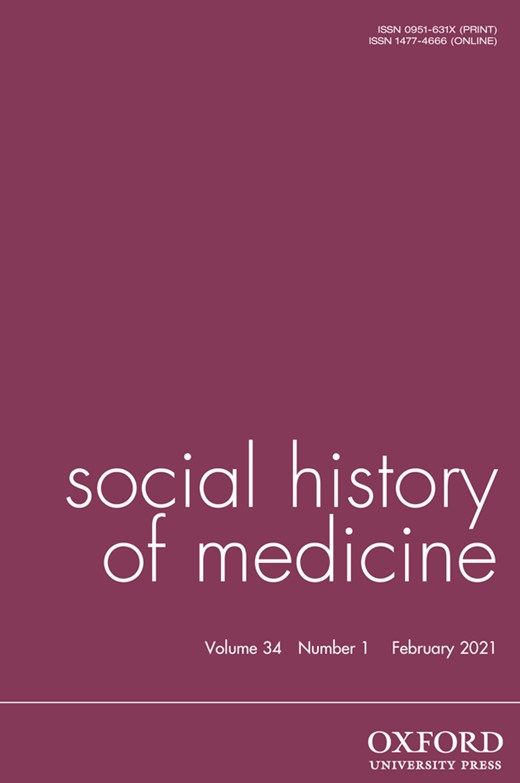-
Views
-
Cite
Cite
Christos Lynteris, Vagabond Microbes, Leaky Laboratories and Epidemic Mapping: Alexandre Yersin and the 1898 Plague Epidemic in Nha Trang, Social History of Medicine, Volume 34, Issue 1, February 2021, Pages 190–213, https://doi.org/10.1093/shm/hkz053
Close - Share Icon Share
Summary
This article examines the epidemic mapping produced by the Pasteurian doctor Alexandre Yersin in the course of the outbreak of bubonic plague in the town of Nha Trang (French Indochina, 1898). Examining how Yersin responded to and reasoned about the outbreak as this unfolded around his laboratory, the article argues for a situated, processual approach of epidemic mapping. Considering four maps produced by Yersin during the outbreak, it is argued that these should not be simply seen as visual objects aimed at establishing and systematising epidemiological knowledge. Instead the changes evinced in and between these maps were driven by Yersin’s desire to distance plague from his laboratory, which stood accused as the origin of the epidemic. It is thus argued that, in this case, epidemic mapping acquires a distancing function, with its aim being to symbolically banish the source of the outbreak back to China.




